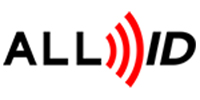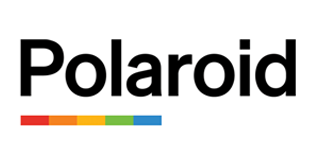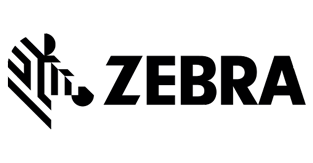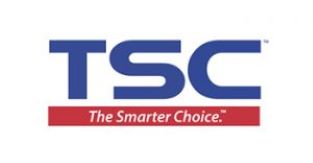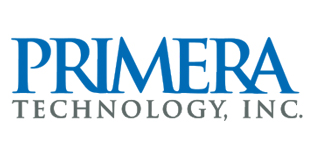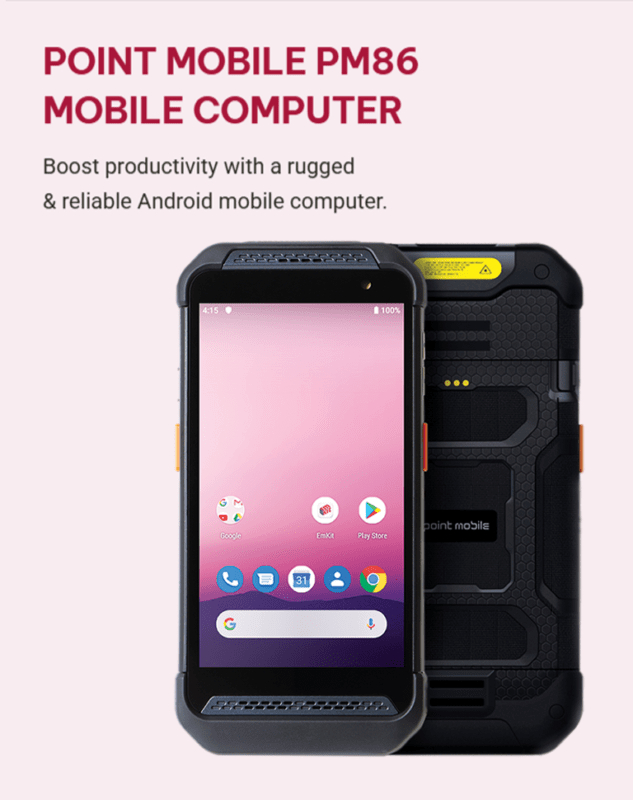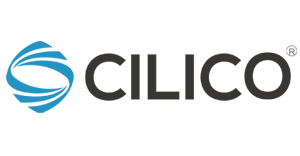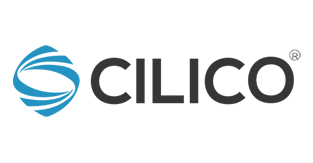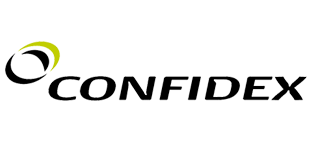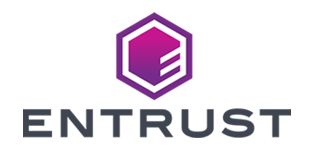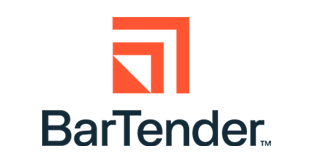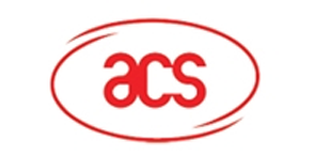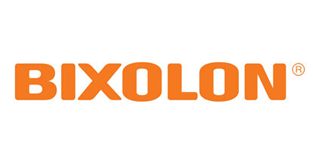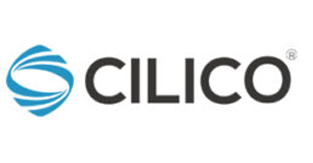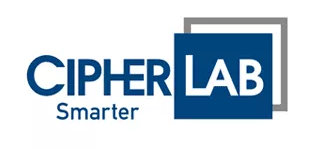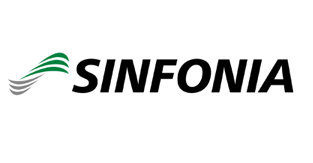CAN A BARCODE READER PROCESS MORE THAN ONE TYPE OF SYMBOL?
Yes. barcode readers support multiple common symbologies. Generally, readers can recognise more linear than 2-D symbologies, but often support a few common 2-D formats. Symbology support varies by reader manufacturer and model.
HOW DOES THE BARCODE READER KNOW WHICH SYMBOL IT IS READING?
Readers have a feature called autodiscrimination, which detects the symbology that is being processed and decodes it accordingly. Autodiscrimination enables readers to map the combination of bars and spaces to the correct character, thus preventing reading errors. barcode data entry is extremely accurate, with an error rate estimated at one error per more than 3 million characters.
CAN PRINTERS PRINT MORE THAN ONE KIND OF BARCODE?
Thermal barcode label printers support multiple symbologies. General-purpose laser and inkjet printers and software applications may not be able to natively print any barcodes or may not offer multiple symbologies. Printer specifications list symbologies that are supported.
I NEED TO START PRINTING U.P.C./EAN SYMBOLS. WHAT SHOULD I DO?
U.P.C. and EAN barcodes are part of the EAN.UCC system, which is managed by the Uniform Code Council in the United States and EAN International in the rest of the world. Visit their Web sites for details and resources to get started with U.P.C./EAN labelling.
WHAT DO I NEED TO PRINT BARCODES?
To print barcode labels,
- A label format must be created with software that supports bar coding.
- To print barcodes on documents or reports, the application software needs to support bar coding or additional programming will be required.
- After the label or form is designed, it needs to be output on a printer that is capable of producing barcodes and supports the specific symbology that is used.
- Because data is encoded using differences between light and dark (and narrow and wide) elements—which are measured in mils, or thousands of an inch—a good quality printer is essential for producing crisp lines and accurate, readable barcodes.
- Finally, the media must support barcode print quality by not bleeding, running, fading, or otherwise defacing the symbol.
DO I NEED A SPECIAL PRINTER TO PRINT BARCODES?
Many common laser and ink jet printers are capable of producing barcodes, but need to be set up to do so. They often do not have native support for barcode symbologies and need to be upgraded with additional fonts or programming to support bar coding. They also lack many of the special features that provide excellent barcode print quality. For more information about the benefits that barcode printers provide and to help determine if your operations need them, see Zebra’s white paper “Best in Class Bar Coding: The Business Case for a Dedicated Thermal Label Printer.”
HOW CAN I HOOK UP A BARCODE PRINTER TO MY COMPUTER SYSTEM?
Barcode printers are available with many common interfaces to facilitate simple integration with a variety of host computer systems. Ethernet, USB, parallel, serial, twinax, and coax cables are available. barcode printers also offer 802.11b and Bluetooth connectivity for wireless integration. Management tools enable remote monitoring, configuration, and troubleshooting for networked printers.
Zebra also offers many advanced connectivity features. These include embedded XML processors that enable printers to decode and process incoming XML data streams, interfaces for direct connectivity to SAP and Oracle enterprise resource planning systems, solutions for the IBM midrange (AS/400 and iSeries) environment and more.
WHAT DOES “COMPLIANCE LABELLING” MEAN?
Many companies require their suppliers and other trading partners to include a barcode or radio frequency identification (RFID) label on shipments, which is used to sort incoming materials and manage inventory to support the company’s automated systems. Labels produced to meet trading partner requirements are called “compliance labels” because the shipping organisation applies the label to comply with a request or demand. Compliance labels usually must follow strictly defined formats for layout, content, barcode symbology, print quality, etc.
A CUSTOMER HAS ASKED US TO START APPLYING BARCODE LABELS TO SHIPMENTS. WHAT SHOULD I DO?
First, find out which of your facilities and production or packaging lines will be impacted in order to determine the required label volume and the number of printers that will be needed. Determine how the printers will receive the variable information they need from your enterprise system to produce the labels. This step will show the connectivity and networking support required in the printer. Review the compliance specification to understand the required label sizes, fonts, barcode symbologies, and graphics so you can choose an appropriate printer.
Software is also required to design the label formats. Many barcode and RFID label design packages include templates for compliance label formats commonly used in the retail, automotive, aerospace, defence, distribution, and other industries. Make sure the software supports the types of labels you need and the specific model of printer you have chosen. Test the entire system and send label samples to your trading partner for analysis prior to your deadline date for compliance labelling. Many systems integration companies are very experienced with compliance labelling systems and are available to assist with any phase of the project. Zebra’s white paper “Quality Assurance Steps for Preventing Label Printing Problems” explains how to meet print quality requirements for compliance labelling.
CAN I USE MY LASER PRINTER TO PRINT BARCODE SHIPPING LABELS?
Yes, but be prepared to deal with excessive material waste and printer wear, potential jamming caused by the label adhesive, limited symbology and software support, and delays while media is changed to support label or document printing.
THERE ARE SO MANY BARCODE PRINTERS. HOW DO I CHOOSE?
Narrow the field significantly by determining the size of labels that need to be printed. analyse the conditions the label will be exposed to and its required life span to determine the print method (direct thermal or thermal transfer) and required media support. Printers also differ significantly in the interfaces and network connectivity that they offer. The symbologies, graphics, and international characters supported are other important differentiators. Durability and printing volume are also important. For most applications, 203 dots-per-inch (dpi) resolution provides sufficient print quality. However, when higher quality printing is required, such as for very small labels or some 2-D symbologies, 300 or 600 dpi printers should be used.
IS PRINT SPEED IMPORTANT?
Yes, but the print speed listed in the printer specifications (which is expressed as inches per second, or ips) does not always give a true indication of how fast the unit will print. Some printers take a long time to process the label format before they start printing.
First label out refers to the time it takes from when the print command is sent until the first label in a print job comes out of the printer. First label out time depends on the label size and the printer’s processing power, the interface with the computer system, and the software used in the application. These factors may also result in pauses between labels that prevent full-speed, continuous printing.
Throughput is a truer measure of how quickly a printer can process a complete print job. First label out and throughput can be evaluated when printers are set up for demonstrations or trials. It is important to use the printer in your actual work conditions to determine if it has the speed and throughput to meet your needs.
WHAT IS THE DIFFERENCE BETWEEN DIRECT THERMAL AND THERMAL TRANSFER?
There are two thermal printing methods commonly used to print barcodes: direct thermal and thermal transfer. Each method uses a thermal printhead that applies heat to the surface being marked. Thermal transfer printing uses a heated ribbon to produce durable, long-lasting images on a wide variety of materials. No ribbon is used in direct thermal printing, which creates the image directly on the label material. Thermal transfer printers can accept a wider variety of materials and are usually used for permanent or long-lasting labelling applications. Direct thermal printers are usually used to produce shipping labels, picking/putaway labels, receipts, and other common print jobs.
WHAT KIND OF MATERIALS CAN BE USED IN BARCODE PRINTERS?
Besides a wide variety of label materials, barcode printers can also print on tag and ticket stock, wristbands, polyester, polypropylene, and other synthetic materials. Different colours are available, but colour should be used cautiously because insufficient contrast between bars and the background space will produce unreadable barcodes. Brand protection media is available with overt and covert security features for authentication, counterfeit and diversion deterrence, and secure data encoding. Label media, coatings, and adhesives provide resistance to temperature extremes, moisture, acids, washes, UV exposure, and other hazards to label quality. Thermal printers can also print and encode smart labels, which contain a radio frequency identification (RFID) chip and antenna inlay embedded within the label media.
Source: www.zebra.com
